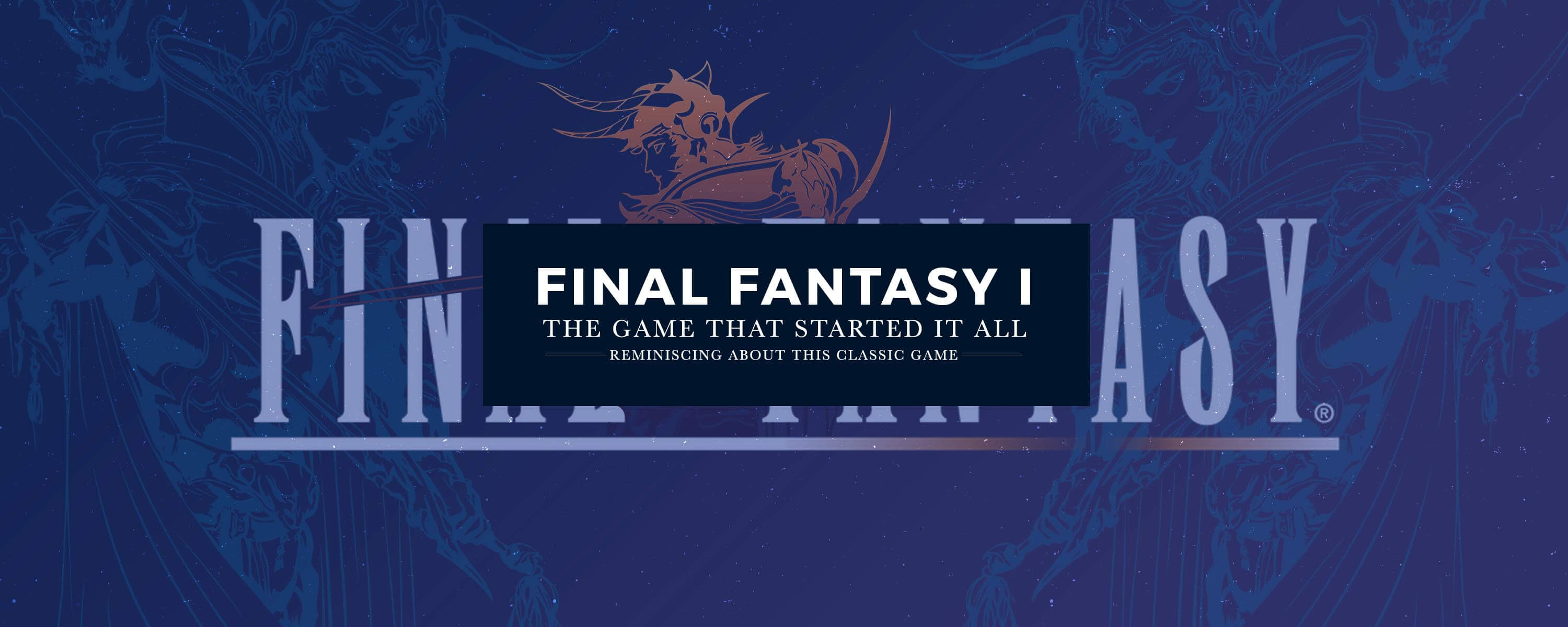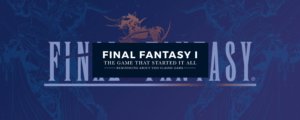The Final Fantasy franchise is one of Japan’s most enduring video game series. Along with Mario, The Legend of Zelda, Dragon Quest, Metal Gear, Street Fighter, Mega Man (Rockman in Japan), and Metroid series, Final Fantasy has been around since the late 80s. The first Final Fantasy came out in 1987 for the Nintendo Entertainment System. The franchise has since grown into 15 main games, a plethora of spin-offs, created geeky classical music concert series, made you buy many figurines and plushies, and spawned uncountable fan creations. Since 2017 marks the 30th anniversary of the first game, let’s reminisce for a while in our TBT fashion.
History
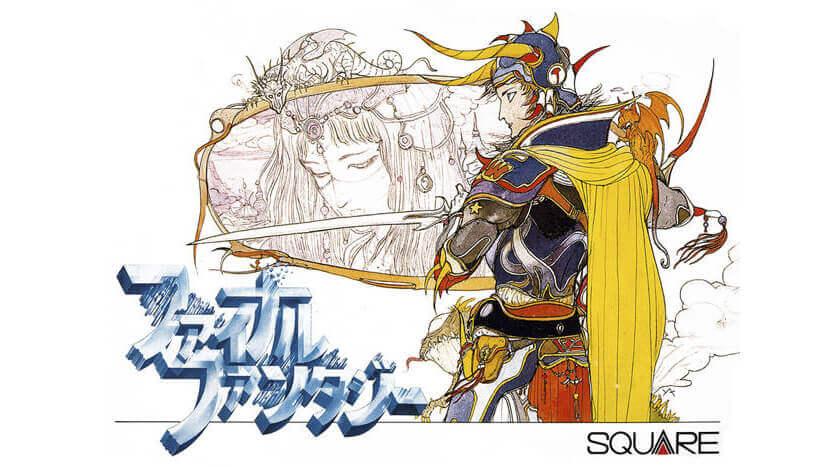
The legend has it that the series creator, Hironobu Sakaguchi, had been wanting to make an RPG for Square. His idea was not approved until Square’s competitor, Enix, proved RPGs could be popular with Dragon Quest in 1986. Square gave Sakaguchi the go-ahead on making the game he envisioned. I am pretty sure no one had anticipated how significant the game would become.
I think it is important to reiterate that in 2015 Sakaguchi clarified he chose the word “final” in Final Fantasy not because it was supposed to be the final game that Square would make. Instead, Sakaguchi wanted to keep to the acronym “FF”. He thought of using “Fighting Fantasy” but decided not to because Fighting Fantasy already existed as a series of roleplay gamebooks.
In December 1987 the first Final Fantasy came out in Japan. Nintendo America localized the game and published it a couple of years later in 1990. It was a pretty successful release both in Japan and America. The success signaled a new boom of Japanese RPG video games that lasted for years to come.
Important people
Final Fantasy was a turning point for people who worked in the game industry and gamers. This time I want to look at some of the people who created the game and where they are now.
Hironobu Sakaguchi
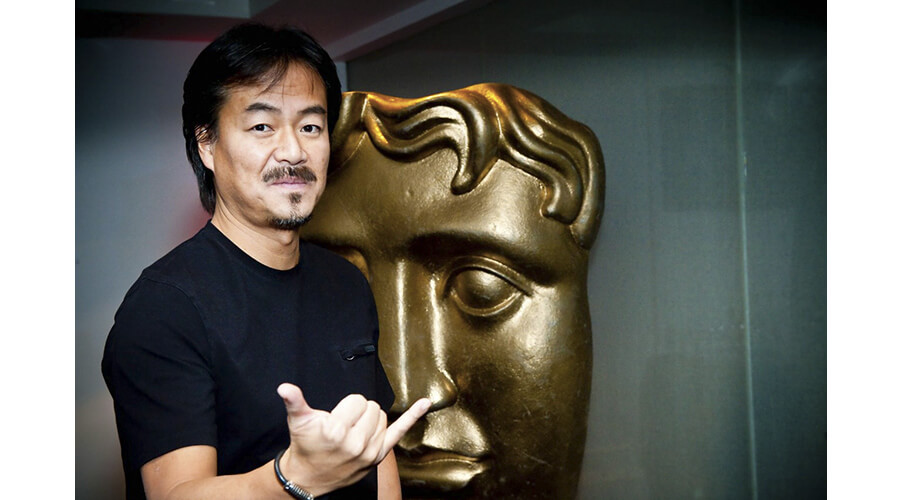
First up is Sakaguchi himself, the father of Final Fantasy series. He has had a long career in the game development scene and is still active in directing and producing games. Sakaguchi directed and produced many Final Fantasy games up until Final Fantasy VII. From then on, his role in the FF franchise tended to be as an executive producer. In 2004, Sakaguchi left Square-Enix and founded his own studio, Mistwalker. Some of his most recent games are Blue Dragon, The Last Story, and Terra Battle. I wonder where we would be if not for his persistence and hard work.
Nobuo Uematsu
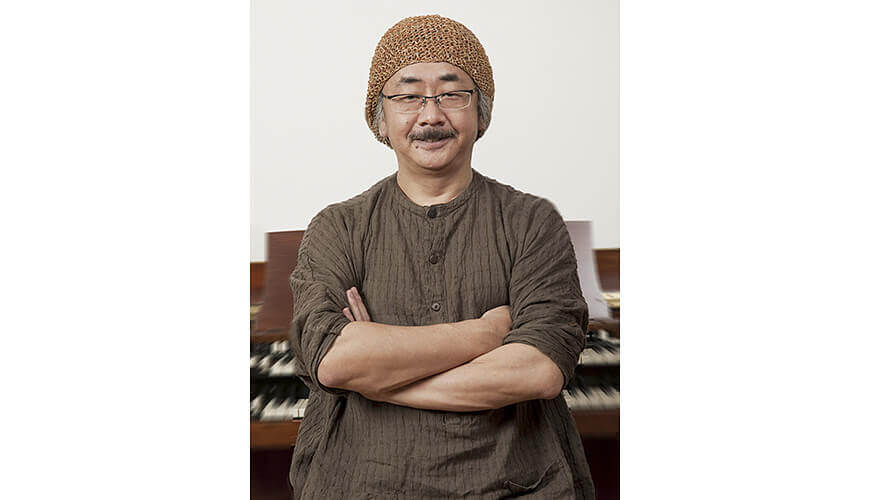
There is no other more prolific game soundtrack composer than Nobuo Uematsu. Just like Sakaguchi, Uematsu has had a long career in the game industry. Even before FF Uematsu had composed for many games. He is a man with nebulous styles of music who draws inspirations from myriad genres. You would know the songs that he composed even though you may not understand why.
The songs from the FF series have been regularly performed in video game concerts and orchestras around the world. Nobuo Uematsu’s The Black Mages rock group and Final Fantasy Distant Worlds concerts are among my personal favorites. I have also attended a Distant Worlds concert with Uematsu sitting only several seats away. Heh!
Among the four personnel, Uematsu is the most visible due to his Distant Worlds tours and appearances around the world. Have you seen him performing “One Winged Angel” with The Black Mages, Arnie Roth, and an orchestra group? Simply adorable!
Yoshitaka Amano
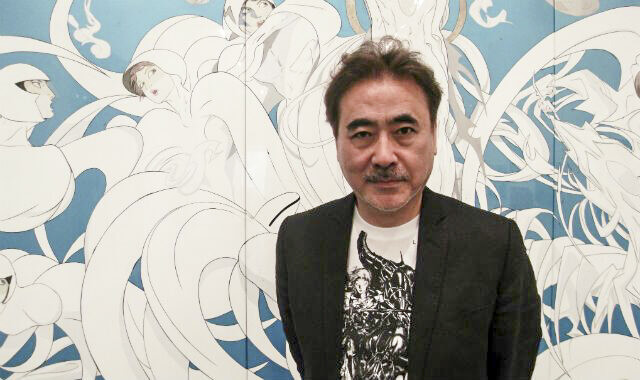
You may not have heard of his name, but if you have played a good deal of FF games you should have seen the art and design Amano created. Yoshitaka Amano has created most of the illustration that goes with the title logo of Final Fantasy games. He started creating concept art and character designs for early games and then the promotional illustrations for the later ones. When not working on FF games, Amano has collaborated with Neil Gaiman, Hyde of L’Arc-en-Ciel, John Woo, and many others. As a prolific painter, Yoshitaka Amano has held exhibitions of his artworks in different countries.
Hiroyuki Ito
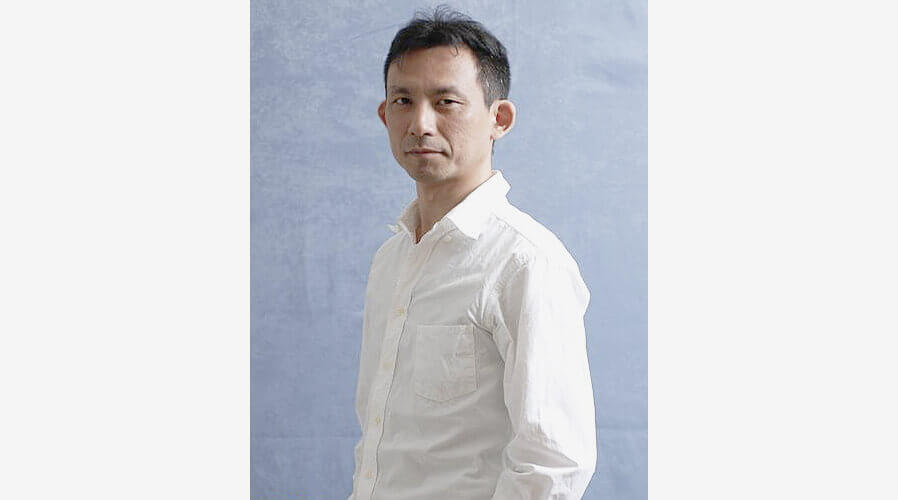
He is probably the lesser known among the important figures I mention here, but his contribution to FF games is no small matter. Ito started working for Square as a debugger and eventually made a name as the battle system designer, game designer, director, and eventually, supervisor for many Final Fantasy games. If you are familiar with the ATB (Active Time Battle) system used in some of the games, Ito is the guy who created it.
Legacy
The first Final Fantasy paved the way to success for Square. It is probably not an exaggeration to say the franchise, as a whole, popularized JRPG video games to the international market. Of course, Dragon Quest set the precedent and other series, like Megami Tensei, The Legend of Zelda, Phantasy Star, SaGa, and Ys, have played no small part in innovating and pushing the genre. Thanks to the success of the first game, Square and Sakaguchi were able to plan and develop Final Fantasy II. The second game came out at the end of 1988 created by a bigger development team with Sakaguchi acting as the director.
FF I has been ported many times to different consoles and handheld platforms. The latest one as of writing this article is a 2016 release for the Wii U Virtual Console and the NES Classic Edition console.
Playing Final Fantasy I & II: Dawn of Soul
My first time playing FF I was on a combo port available for Game Boy Advance. Final Fantasy I & II: Dawn of Soul updated the game’s difficulty and made it easier, included a Bestiary, and retained the upgraded graphics from the previous WonderSwan Color port. It features other small changes that made the game better, including a save-anywhere capability to go with the portability of GBA.
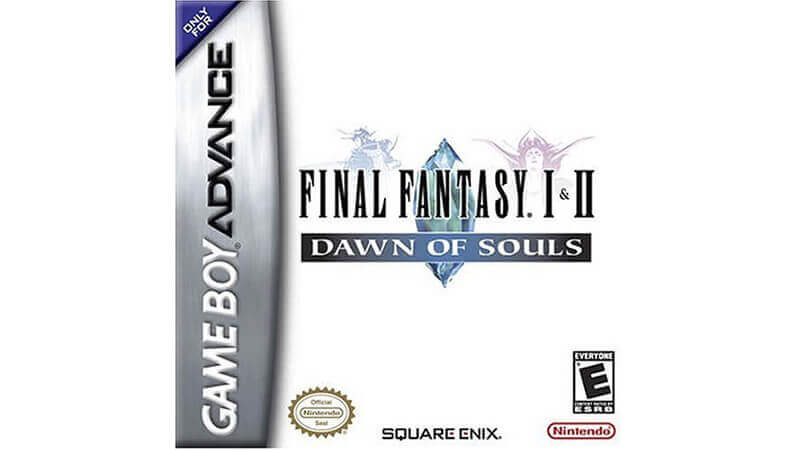
At the point of playing it, around the end of 2005 if I am not mistaken, FF I felt dated. By then I had finished playing VII, VIII, IX, and X. The story was almost too simple compared to the later games. The turn-based battle can either feel unexciting or contemplative, depending on what kind of player you are. The improved graphics looked great for the small handheld console.
Playing FF I after completing the later games made me appreciate the series in different ways. It is nice to see and compare what FF I had done that continues into its younger siblings.
Later games often make references to Final Fantasy I. Some creatures and monsters from FF I have reappeared in other FF games. The designs of the Black Mage job often pay tribute to its first debut in FF I. Final Fantasy IX threw in a load of homages to the first game including the name of the main antagonist, Garland, and the world map designs. Themes such as crystals being sources of magical energy, the chosen few that can save the world, penultimate bosses with epic battles, traveling the world and meeting new allies, and fantastical stories continue to be the backbones of the series.
Final Fantasy’s 30th Anniversary
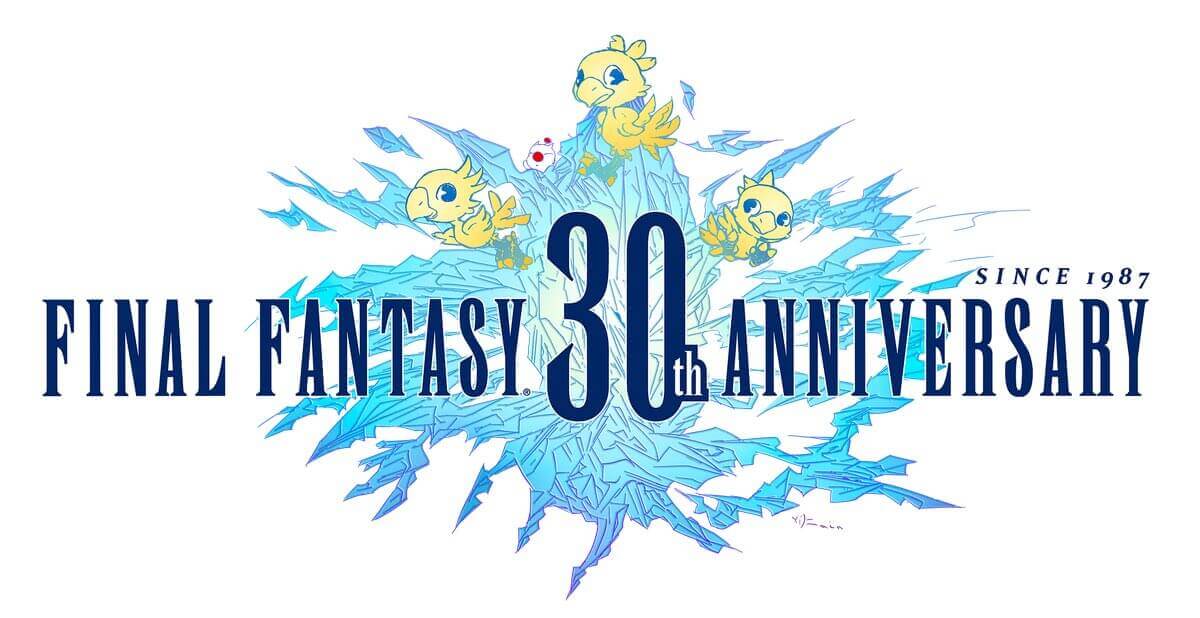
As I mentioned, 2017 is the 30th anniversary of Final Fantasy both the game and as a franchise. As of publishing this article, Square-Enix has announced many inbound franchise-related contents. The bigger ones include confirmation that fan-favorite Final Fantasy VII Remake is still in development, Final Fantasy XII: The Zodiac Age will be out in July 2017, and the release dates for Final Fantasy XV’s DLC contents.
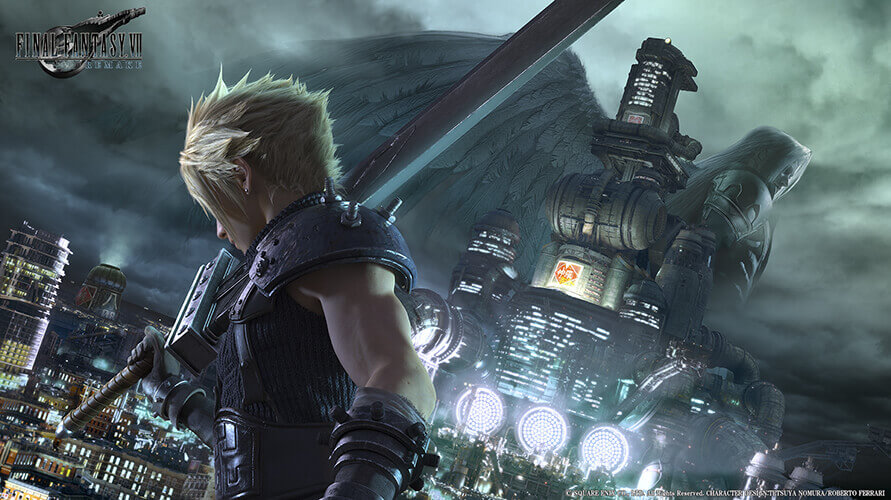
There are plenty of smaller bits of news such as, limited edition Final Fantasy wine, new characters for FF mobile games, a planned exhibition for 2018, another tie-in with Cup Noodle featuring flavors based on every FF bosses, and more.
A bonus reminder: Final Fantasy VII, one of the most beloved games of the franchise, is having its 20th anniversary this year! I think it deserves its own TBT revisit soon.
Have you played Final Fantasy I? If so, what do you think of it? Comment down below and let us know!

Featured Sponsor - JAST
The sweetest romance and the darkest corruption, the biggest titles and the indie darlings; for visual novels and eroge, there's nowhere better.
Big thank you to our supporters
From their continous support, we are able to pay our team for their time and hard work on the site.
We have a Thank-You page dedicated to those who help us continue the work that we’ve been doing.
See our thank you page